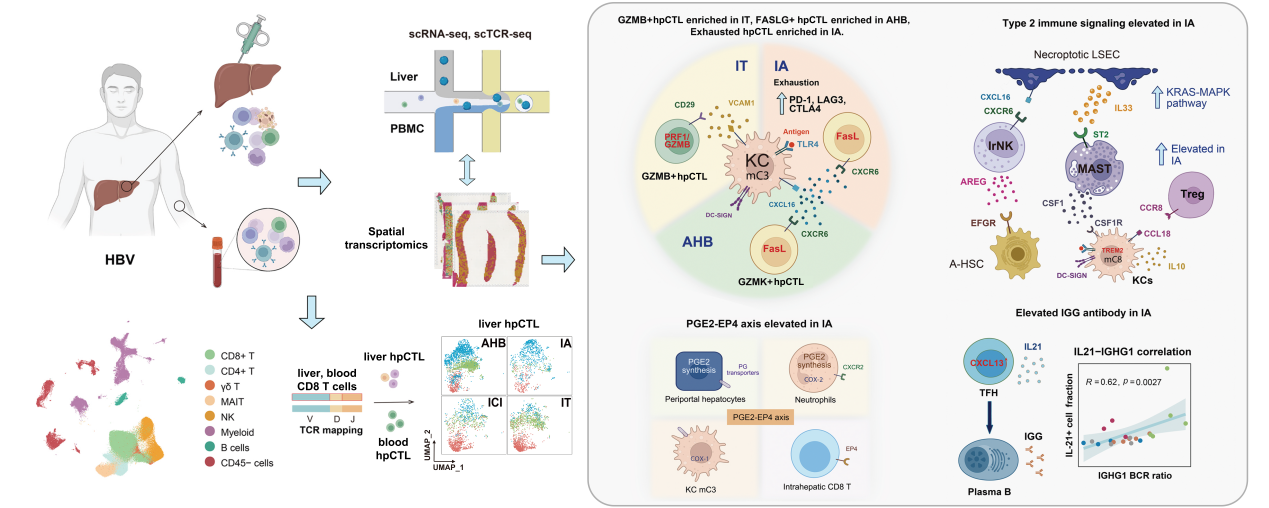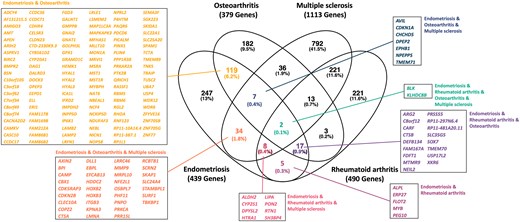2025-04-22 中国科学院(CAS)

Schematic overview of experimental design and mechanistic insights into cellular immune phenotypes across clinical stages of hepatitis B. (Image by ZHANG Fan)
<関連情報>
- https://english.cas.cn/newsroom/research_news/life/202504/t20250423_1041762.shtml
- https://www.sciencedirect.com/science/article/abs/pii/S2095927325002890?via%3Dihub
B型肝炎における免疫表現型の転換を制御する中核細胞ネットワーク
The core cellular network modulates immune phenotype switching in hepatitis B
Chuangeng Chen, Ziqi Zhen, Meng Cui, Xiaoli Hu, Lei Yu, Fengxia Zhou, Xiaorong Yu, Dehui Yang, He Wu, Ying Cui, Xiang Li, Xudong Cui, Xinyue Liang, Yiyang Gao, Yuchen Liu, Yang Yu, Zhiwei Huang, Fan Zhang
Science Bulletin Available online 15 March 2025
DOI:https://doi.org/10.1016/j.scib.2025.03.038
Supplementary methods
Human specimens
We collected 18 liver biopsy samples and 15 paired peripheral blood samples from
patients with hepatitis B from the Heilongjiang Provincial Hospital and the Fourth
Affiliated Hospital of Harbin Medical University. Patients were grouped into different
clinical phases according to the AASLD 2018,[1] which classify chronic HBV-infected
patients into immune tolerant (IT, HBsAg+, HBeAg+, HBV DNA > 1,000,000 IU/mL,
and normal ALT levels), immune active (IA, HBsAg+, HBV DNA >20,000 IU/mL in
HBeAg-positive CHB and > 2000 IU/mL in HBeAg-negative CHB, and elevated ALT
levels), and inactive chronic infection (ICI, HBsAg+, HBeAb+, HBV DNA < 20,000


